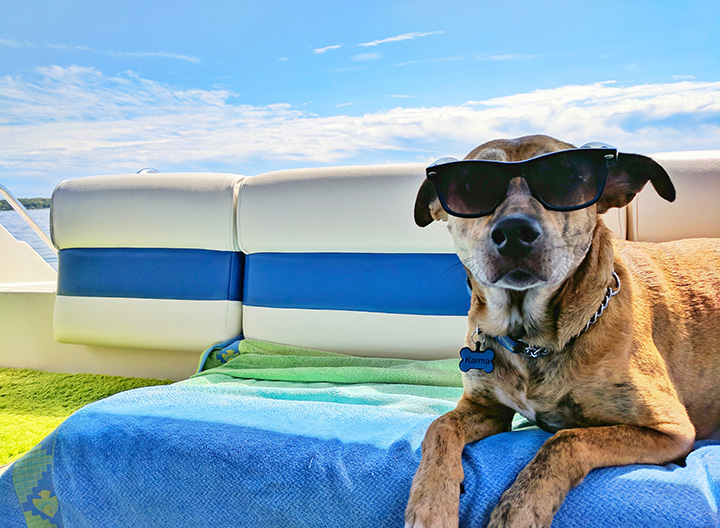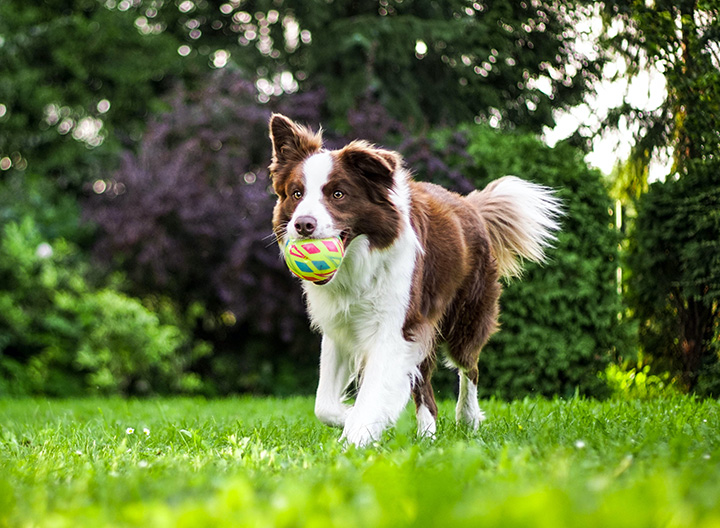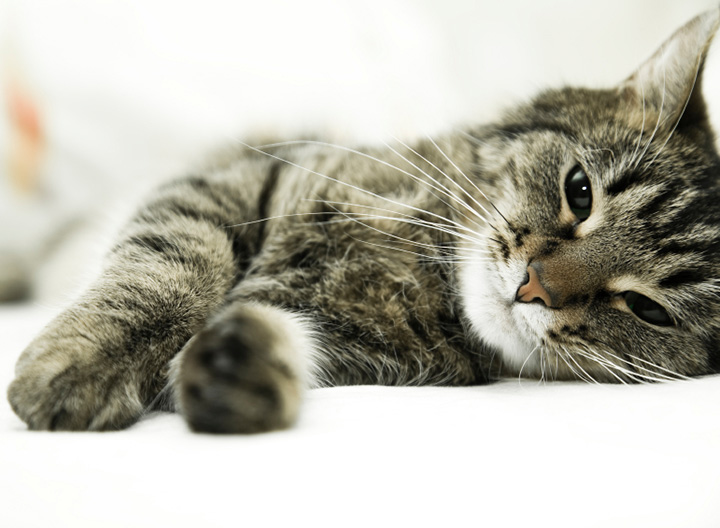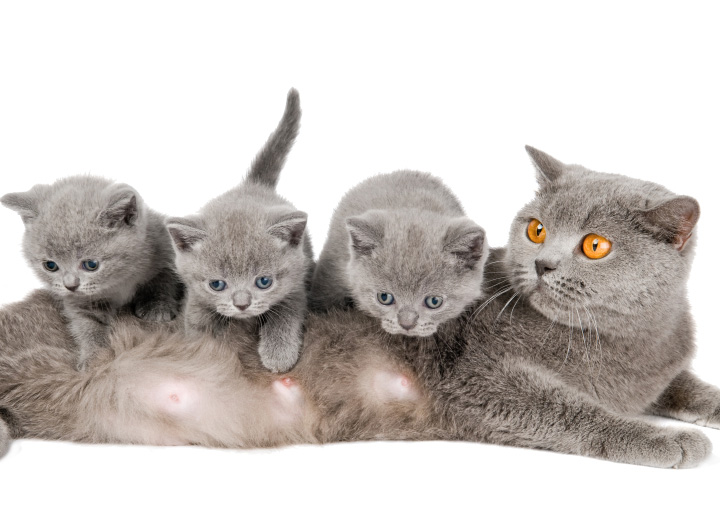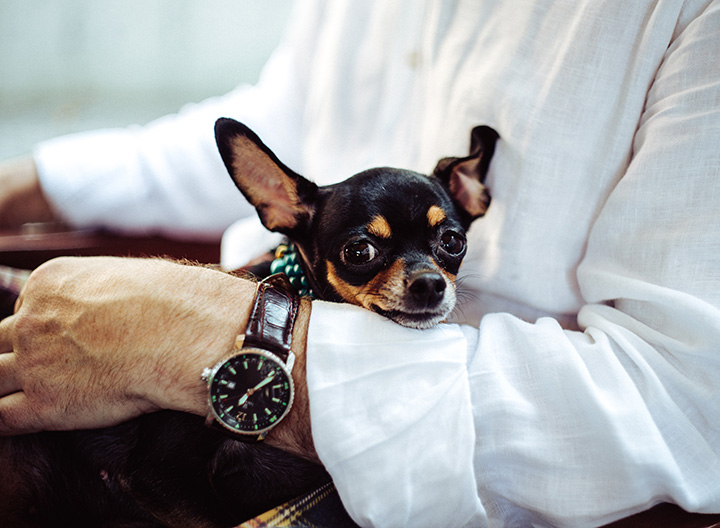Microchips
A microchip is a small silicon chip which carries a unique number. If your pet is lost, the microchip can be scanned by vets, animal charities or wardens and their unique number will appear on the microchip scanner’s screen.
A quick phone call to the 24 hour, central microchip database is then made. The unknown pet’s microchip is read out and the operator matches it to an owner’s contact details. Pet and owner can then be re-united!

We would advise all owners to have their dogs and cats (and wandering tortoises) microchipped. The microchip is inserted under the skin between your pet’s shoulder blades. As the microchip is the size of a large grain of rice, the needle on the inserter is larger than the syringe needles used for vaccinations or injections. However, the insertion is over in seconds and most pets tolerate the procedure well.
You may elect to delay having your puppy or kitten microchipped until they are neutered, as when the insertion is performed under General Anaesthetic and they will feel nothing. Another popular time for pets to be microchipped is at their second vaccination, as they will then be identified before being allowed outside one week later.
We only use the highest quality microchips and the risk of any reaction or migration is extremely small.
The pet microchip scheme in this country is highly successful and we have seen many happy reunions. When you have your pet microchipped, we will fill in the paperwork for you and ask you to check all your details are correct. It is important to remember to let the central microchip database know when you move house or change your mobile number, as otherwise these out of date numbers will be contacted if your pet is found.
If you plan to take your pet abroad, microchipping is mandatory for the Pet Passport Scheme. No other form of identification is acceptable.
stgeorgesveterinarycentre@gmail.com | 01932 858890 | Find Us

